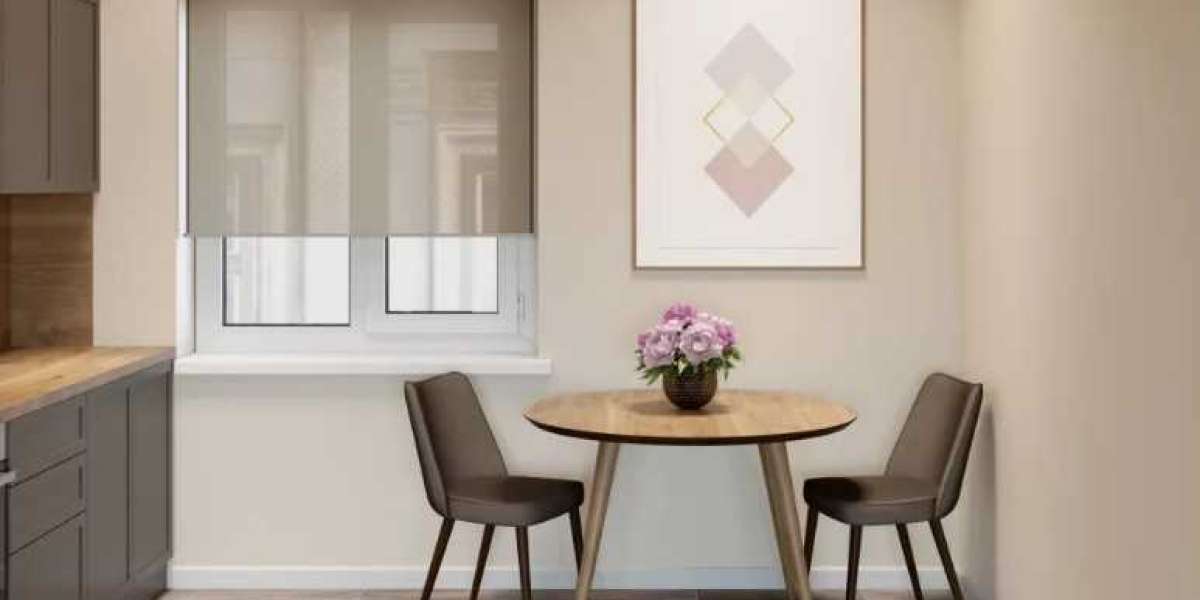Rising above the concrete jungle, a new contender for sustainable construction is taking center stage: Cross Laminated Timber (CLT). This engineered wood marvel, crafted by layering and bonding lumber perpendicularly, is not just sturdy but also eco-friendly, igniting a revolution in the global construction industry. In this comprehensive analysis, we delve into the current landscape of the CLT market, explore key developments fueling its growth, and map out the promising trajectory for the years ahead (2023-28).
Global Outlook: A Flourishing Future
As per Stratview Research, the global cross laminated timber market size was valued at USD 1.56 billion in 2023 and it is projected to reach USD 2.99 billion by 2028, growing at a CAGR of 13.89% during the forecast period of 2023-2028. This robust growth is fueled by a confluence of factors:
- Sustainability Surge: The relentless drive towards green building practices has found a champion in CLT. Its bio-based composition, reduced carbon footprint, and efficient prefabrication capabilities are captivating environmentally conscious builders and policymakers alike.
- Regulatory Tailwinds: Stringent environmental regulations and supportive government policies, particularly in Europe and North America, are actively paving the way for wider CLT adoption. Building codes are evolving to embrace CLT's advantages, unlocking its potential for diverse construction projects.
- Urbanization Boom: The relentless expansion of urban landscapes demands innovative and sustainable construction solutions. CLT's fast-track modular construction capabilities, coupled with its inherent strength and aesthetic appeal, make it a perfect fit for high-rise buildings and multi-unit dwellings.
- Technological Advancements: Continuous advancements in production technologies are enhancing CLT's affordability and accessibility. Automation and optimization within manufacturing processes are driving down costs and making CLT a competitive alternative to traditional materials.
Key Developments: Shaping the Market Landscape
Beyond just market size, noteworthy developments are strategically shaping the CLT landscape:
- Product Diversification: The industry is witnessing a diversification beyond standard residential applications. CLT is now finding its way into non-residential structures like schools, hospitals, and even office buildings, pushing the boundaries of its architectural potential.
- Cross-Industry Collaborations: Strategic partnerships between CLT manufacturers, architects, engineers, and developers are fostering knowledge sharing and project co-creation, accelerating the technology's integration into mainstream construction practices.
- Regional Expansion: While Europe currently dominates the market, North America and Asia-Pacific are emerging as potential powerhouses. Rising awareness, supportive regulatory frameworks, and robust investment in infrastructure are propelling CLT adoption in these regions.
- Sustainability Spotlight: The focus is shifting beyond mere material substitution to a holistic approach encompassing the entire CLT lifecycle – from sustainably sourced wood to efficient recycling and waste minimization.
Market Share Analysis: A Dynamic Landscape
The CLT market is characterized by a dynamic mix of regional leaders and promising newcomers:
- Europe: The undisputed frontrunner. Austria, Germany, and Switzerland are particularly active, driven by established production facilities, favorable regulations, and growing demand for green construction.
- North America: The region is experiencing rapid growth, fueled by government initiatives, increasing investments in sustainable infrastructure, and evolving building codes. The United States and Canada are leading the charge, with robust manufacturing capacities and rising consumer interest in eco-friendly homes.
- Asia-Pacific: A relatively nascent market, Asia-Pacific holds immense potential due to its booming construction sector and rising environmental consciousness. Japan, China, and Australia are at the forefront, actively investing in CLT production and pilot projects.
Challenges and Opportunities: Navigating the Road Ahead
Despite its promising outlook, the CLT market faces certain challenges:
- Limited Production Capacity: The infrastructure for large-scale CLT production needs further development, particularly in emerging markets. This can lead to supply chain bottlenecks and hinder smooth project execution.
- Skilled Workforce Gap: Implementing CLT projects requires specialized knowledge and expertise in design, construction, and engineering. Bridging the existing skill gap remains crucial for widespread adoption.
- Public Perception: While awareness is growing, some misconceptions regarding CLT's fire resistance and durability persist. Targeted education and demonstration projects are necessary to build trust and confidence in this innovative material.
However, these challenges are overshadowed by the vast opportunities for growth:
- Government Funding: Increased government investments in green infrastructure projects and research initiatives can unlock the full potential of CLT's sustainability benefits.
- Standardization and Certification: Establishing global standards and certification programs for CLT production and construction can ensure quality and boost market confidence.














